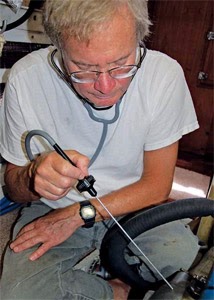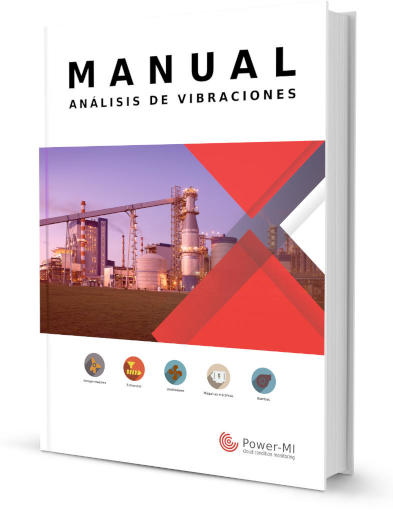Noise is abnormal when it does not come from a source inherent to the operation of the asset and/or its environment or when its levels are different from those that the inspector perceives as usual. Abnormal noises generally lead to the detection of another fault that is usually its cause.

Causes
The most common causes of abnormal noise detectable by visual inspection are:
- Vibration.
- Looseness of mechanical components.
- Fluid leaks.
- Friction.
- Bad lubrication.
- Mismatch of mechanical elements.
- Bad electrical connection.
- Loss of soundproofing material.
- Mechanical resonance.
- Beating.
Cases
Through visual inspections the most common cases of abnormal noise that are diagnosed are:
- Advanced stage bearing failures.
- Bad connections in power electrical connections.
- Steam leaks.
- Compressed air leaks.
- Gearboxes with wear or broken teeth.
- Beating between two nearby rotating machines operating at close frequencies.
Diagnosis
Detection of abnormal noise in visual inspections is by auditory detection.
Points to consider:
- In case of steam leaks it is recommended to find the place of the leak and take a photograph.
- If you can detect the source of the abnormal noise, include it in the report.
- Detection of abnormal noise may lead to ultrasound analysis to detect the source of the noise or specify the diagnosis.
- The measurement of noise levels with portable instrumentation could be part of the visual inspections although it is not usual.

 cloud_download
cloud_download